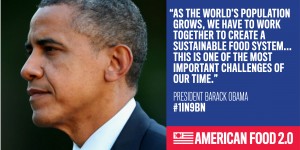Milan Food Expo: The Coca-Cola pavilion
Coca-Cola is not a sponsor of the US Pavilion. PepsiCo is.
Coca-Cola has its own pavilion:
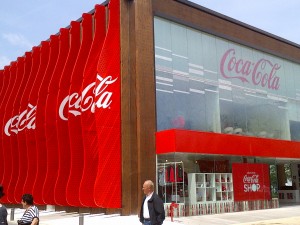
To enter, I registered for a key chain with a personalized chip. Holding the chip to the exhibits gives me personalized information:

Much of the Coca-Cola exhibit was devoted to the company’s commitment to the environment and to physical activity.
It also sold bags and items made from flip tops, some costing as much as 190 Euros (a Euro is about $1.20).
Visitors have to look elsewhere* for information about the effects of sugary drinks on health or about Coca-Cola’s long-standing opposition to bottle recycling laws or about who made the expensive flip-top bags and how much they were paid.
* My next book, Soda Politics: Taking on Big Soda (and Winning) comes out in October from Oxford University Press.

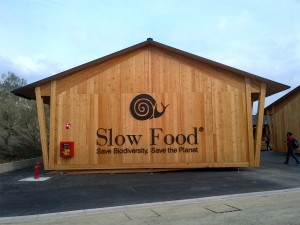

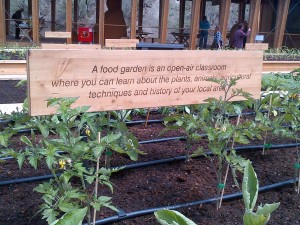








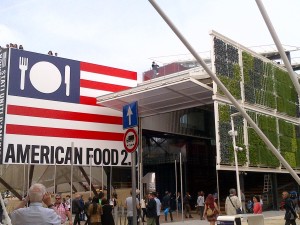
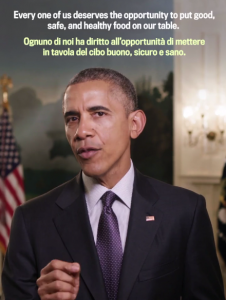 Even more, he adds:
Even more, he adds: